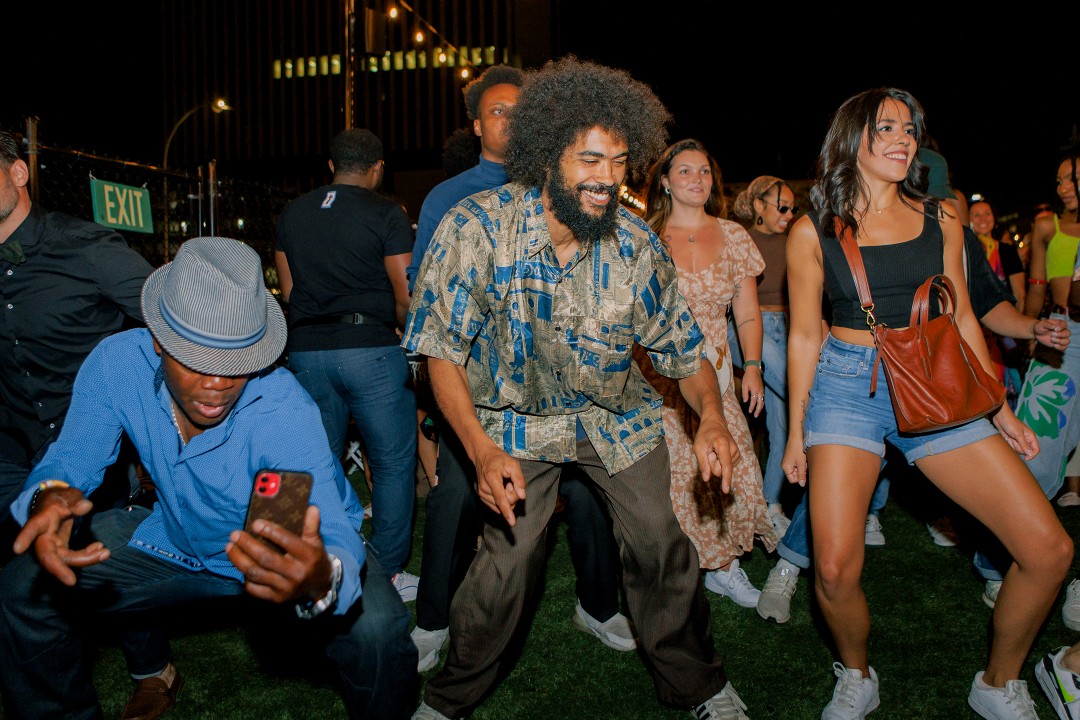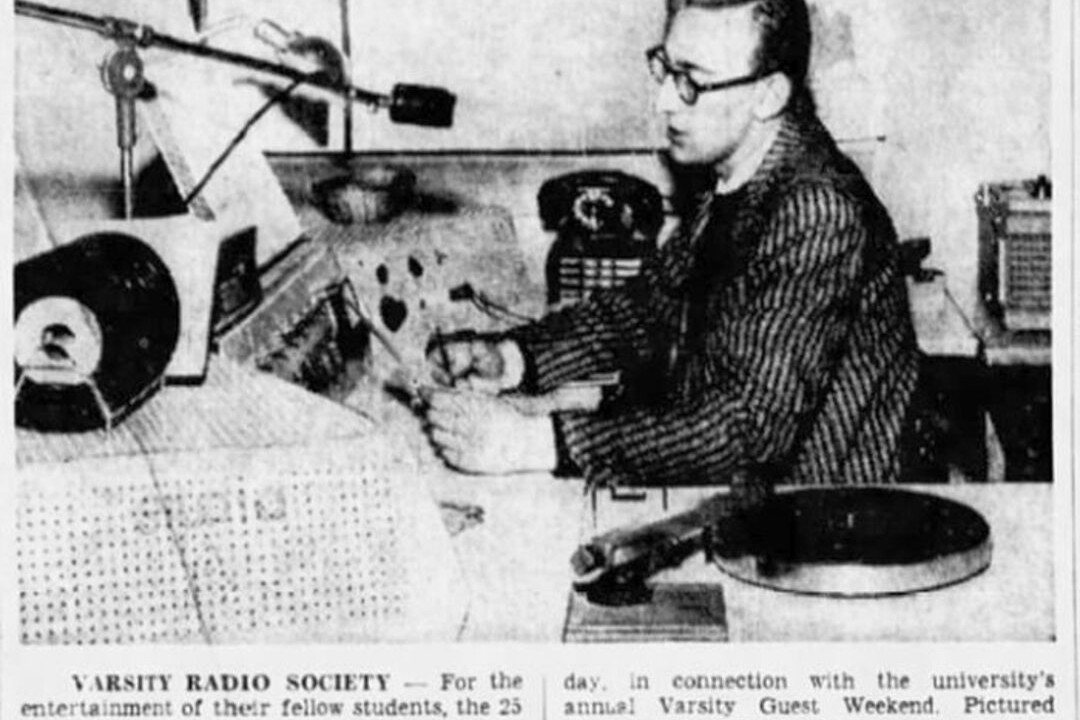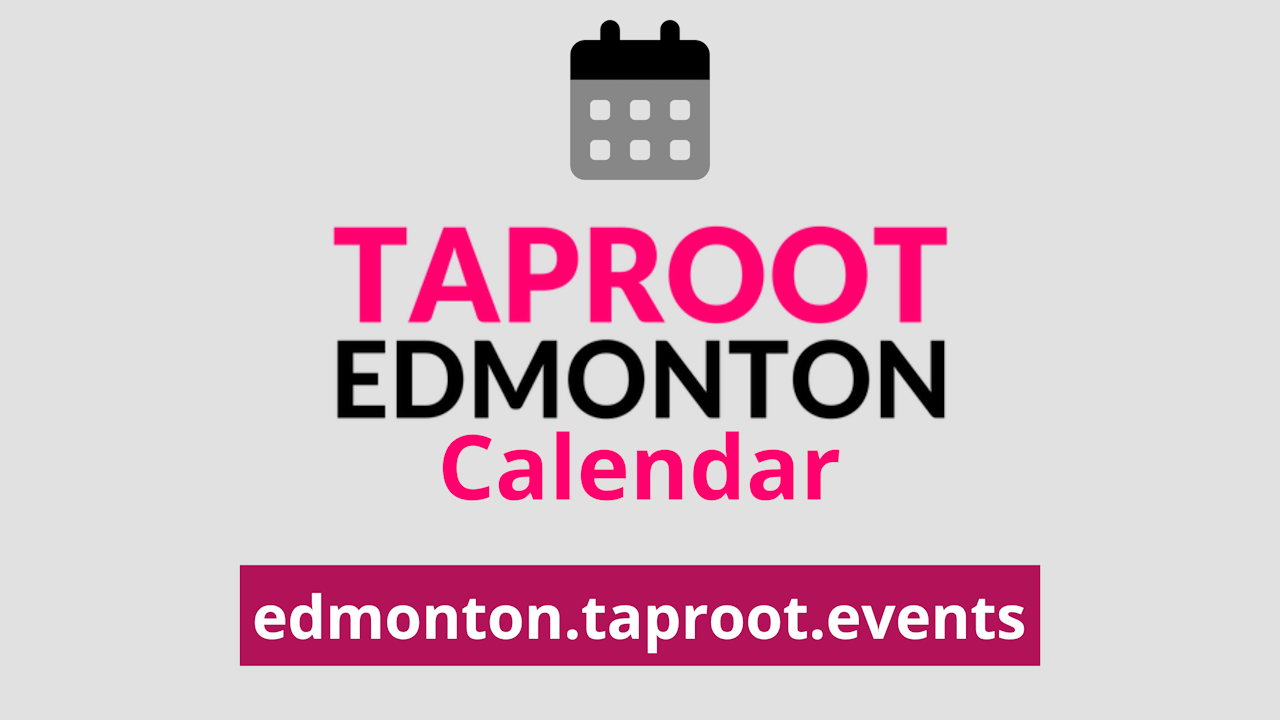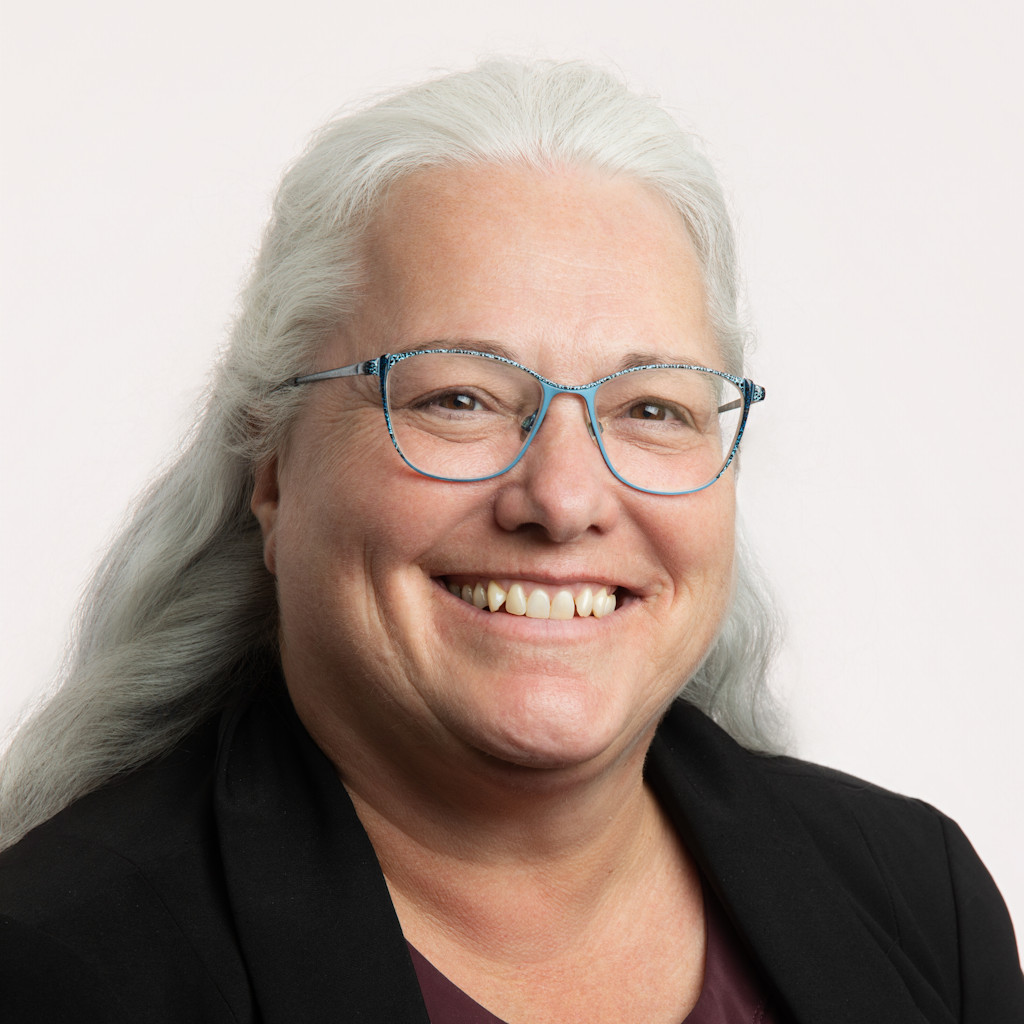
La Connexional celebrates Black histories and futures
A new dance festival that takes place on March 2 is just one way La Connexional celebrates Black and Latin cultures beyond the confines of February.
"We don't necessarily want to tie it to a month, but it kind of fits that it's right after Black History Month," La Connexional's CEO and strategic partnership manager, Ivan Ngandjui Touko, told Taproot about the new festival. "For me and for my team, we are now in a phase where we just want to normalize Black history or Black futures events … How do we just keep having these events? No matter the time of the year, not just in February."
Black futures is a term that describes history in the making, Touko said, in addition to emphasizing pluralism. "The shift that has happened around Black Futures Month is very recent, like the idea of Afrofuturism," he said. "When you put the 'E-S' (in Black histories), it really emphasizes that the Black experience is not a monolith."
The Annual Inter-generational Afrikan Diaspora Music and Dance Festival will be spread across 9910 (open to all ages from 5pm to 9pm) and Double Dragon (open to adults only from 9pm to 2am). It entails dance performances and tutorials, live and DJ music, and family activities. The event showcases new and traditional styles from Touko's birthplace of Cameroon, plus Nigeria, Zimbabwe, Congo, Kenya, Jamaica, and different parts of Latin America.
"There's actually a lot of deep connections between a lot of African, Black, Caribbean, and Latin cultures," Touko said. "When people think of the Caribbean and Latin America, they forget that Brazil is actually the biggest diaspora of people of African descent."
An example of cross-generational artistry is the inclusion in the festival of both Afrobeat (jazz-influenced music that erupted in the '70s) and Afrobeats (a wide-ranging label for West African, pop-inspired music made after the year 2000).
"The saxophone is actually an instrument that was very much present in Afrobeat — without the S — that was created by Fela Kuti," Touko said, acknowledging sax is also present in Afrobeats, plural. "We are bringing together all the different generations. The only age group that we don't have in the lineup, that I'm really hoping to add in the future, is a group under 18."
Touko said part of La Connexional's work is to foster unity. "There's lots of different heritages … lots of connections between these two cultures," he said. "That's the primary way we bring those people under one umbrella, but also inviting other people to join us in celebrating these cultures."






